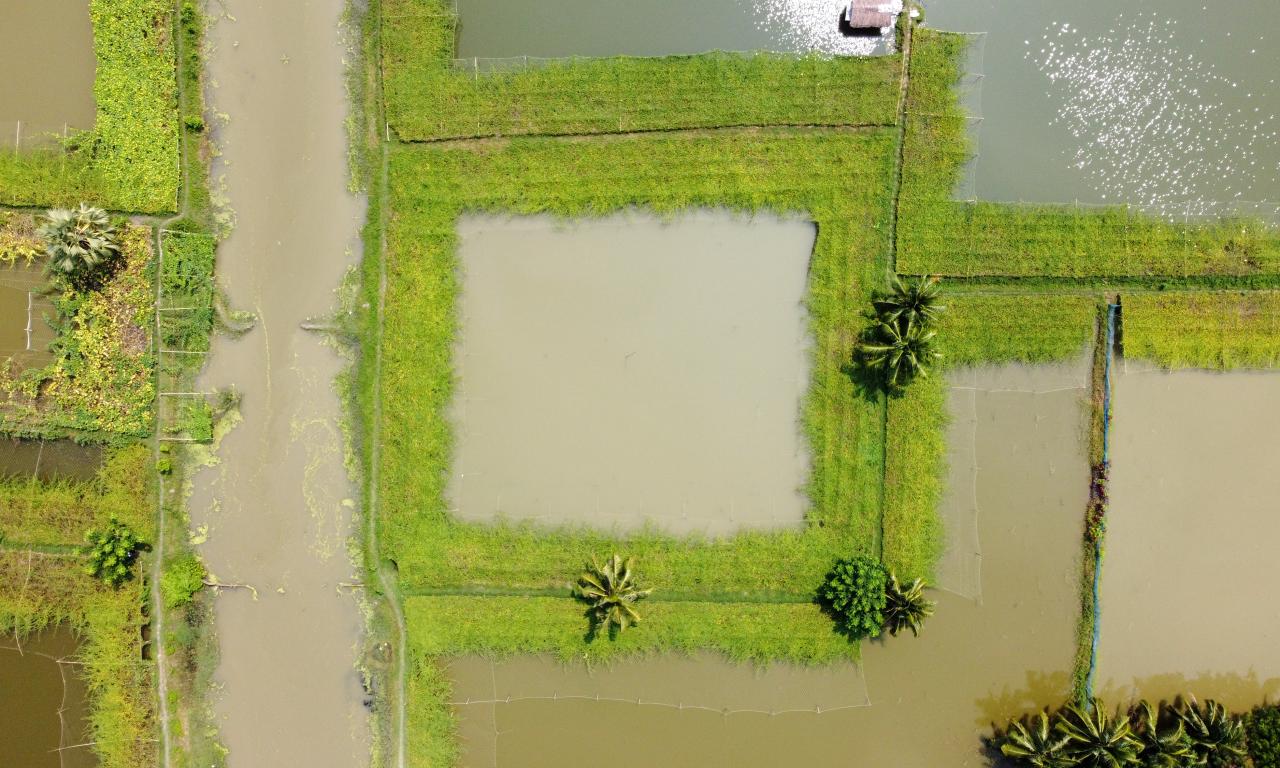- هذا الموضوع فارغ.
- الكاتبالمشاركات
- أبريل 3, 2025 الساعة 5:56 ص #619843

Integrated aquaculture is an innovative approach to farming that combines fish farming with crop production. This method aims to create a more sustainable, resource-efficient, and eco-friendly way of producing food by utilizing the waste from fish farming to benefit crop growth.
By integrating these two practices, farmers can increase productivity, improve soil quality, and reduce their environmental impact. As global food demand rises, integrating fish farming with crop production offers a promising solution to meeting both protein and crop needs in a more sustainable manner.
1. Nutrient Recycling Through Fish Waste
One of the main principles behind integrating fish farming with crop production is nutrient recycling. In traditional fish farming, fish excrement and uneaten food can accumulate and pollute the surrounding water.
However, in integrated aquaculture systems, the waste produced by the fish can be utilized as a natural fertilizer for crops.
The nutrients from fish waste, particularly nitrogen and phosphorus, are essential for plant growth. By circulating the water through crop beds or using it to irrigate crops, farmers can reduce the need for synthetic fertilizers, lowering costs and minimizing environmental pollution.
2. Improved Resource Efficiency
Integrating fish farming with crop production enhances resource efficiency by making the most of available space and resources. Traditional agricultural and aquaculture practices often require separate land areas, water sources, and resources.
However, by combining these systems, farmers can share resources, such as water and land, between both fish and crops. For example, aquaponics, a type of integrated aquaculture, uses a closed-loop system where fish tanks are connected to hydroponic beds for growing vegetables.
This efficient use of resources allows farmers to produce both seafood and crops in a single location, increasing overall production without requiring additional land or water.
3. Enhanced Biodiversity and Pest Control
Another benefit of integrating fish farming with crop production is the promotion of biodiversity. In integrated systems, different species of fish and plants can coexist in a balanced ecosystem, creating a more diverse and resilient farming environment.
Additionally, certain fish species, such as tilapia or carp, can help control pests by feeding on insects and algae that may damage crops. This natural form of pest control reduces the need for chemical pesticides and herbicides, making the farming system more sustainable.
The diversity of plant species can also help prevent the spread of disease and promote a healthier ecosystem, benefiting both the fish and the crops.
4. Efficient Water Management
Water management is a crucial aspect of both aquaculture and crop production. In integrated aquaculture systems, water from fish tanks is often used to irrigate crops, creating a more sustainable water cycle.
The water in fish tanks needs to be filtered and replaced periodically, and by directing this water to irrigate crops, it serves a dual purpose. The plants absorb the nutrients from the water, while also helping to filter and clean the water before it returns to the fish tanks.
This efficient use of water significantly reduces water wastage, a major concern in both agriculture and aquaculture. It also ensures that water quality remains optimal for fish health while benefiting crop growth.
5. Economic Benefits and Diversified Income
Integrating fish farming with crop production offers multiple economic benefits. By combining these two agricultural activities, farmers can diversify their sources of income.
They can sell both seafood and crops, which helps reduce financial risk and provides multiple streams of revenue. Furthermore, the efficient use of resources, such as water and fertilizers, can lower operating costs.
For example, using fish waste as fertilizer reduces the need for expensive chemical fertilizers, while sharing water resources lowers irrigation costs. This combined farming model can help small-scale farmers increase their profitability while ensuring long-term sustainability.
Integrating fish farming with crop production offers a sustainable and efficient solution to the growing global demand for food.
By recycling nutrients, improving resource efficiency, enhancing biodiversity, managing water more effectively, and providing economic benefits, this integrated approach supports both environmental and economic sustainability.
As the world continues to face challenges in food production and environmental conservation, integrated aquaculture presents a promising model for achieving a more sustainable future in agriculture.
Read Also: Fish as a Food Source
- الكاتبالمشاركات
- يجب تسجيل الدخول للرد على هذا الموضوع.

